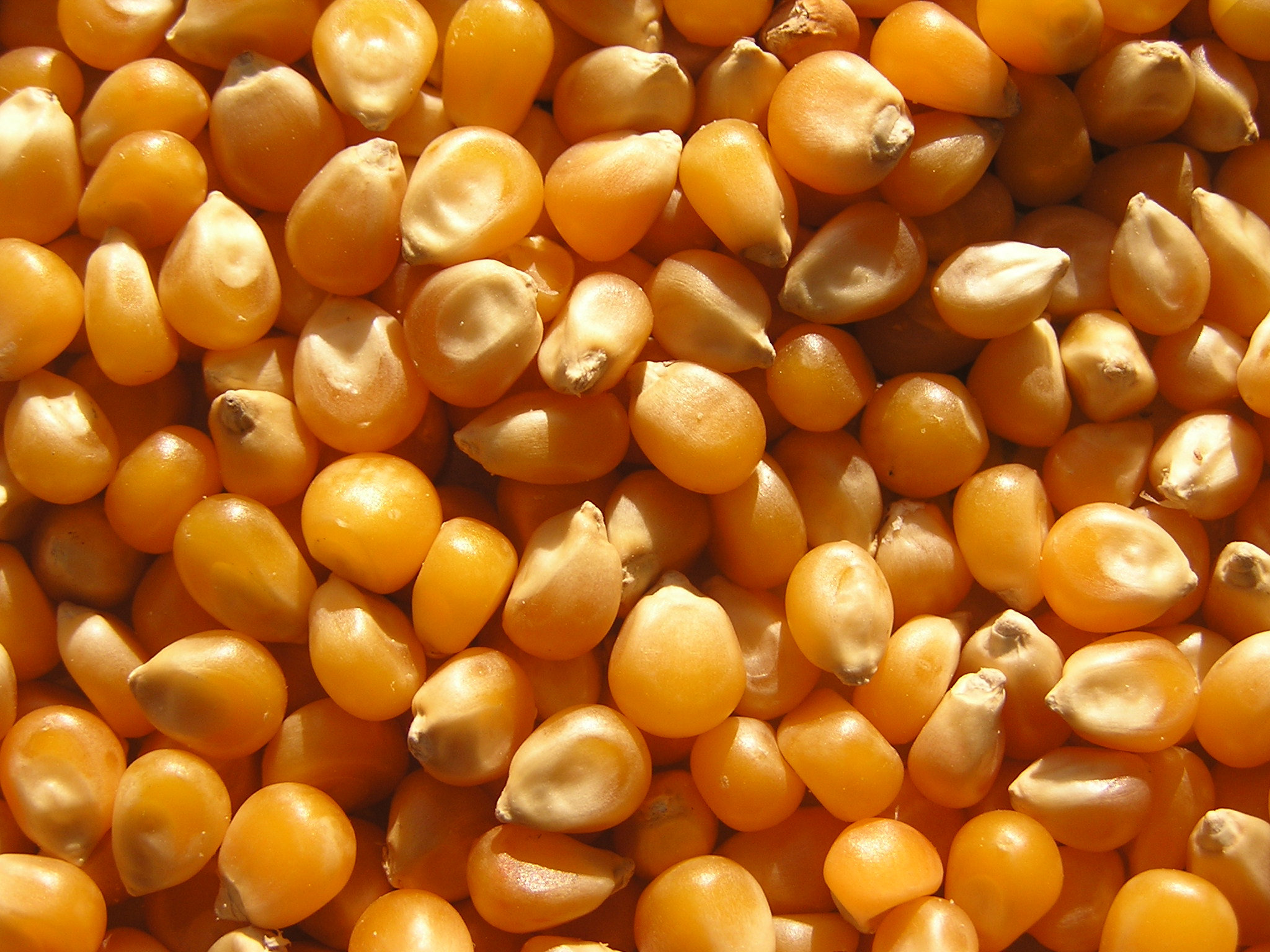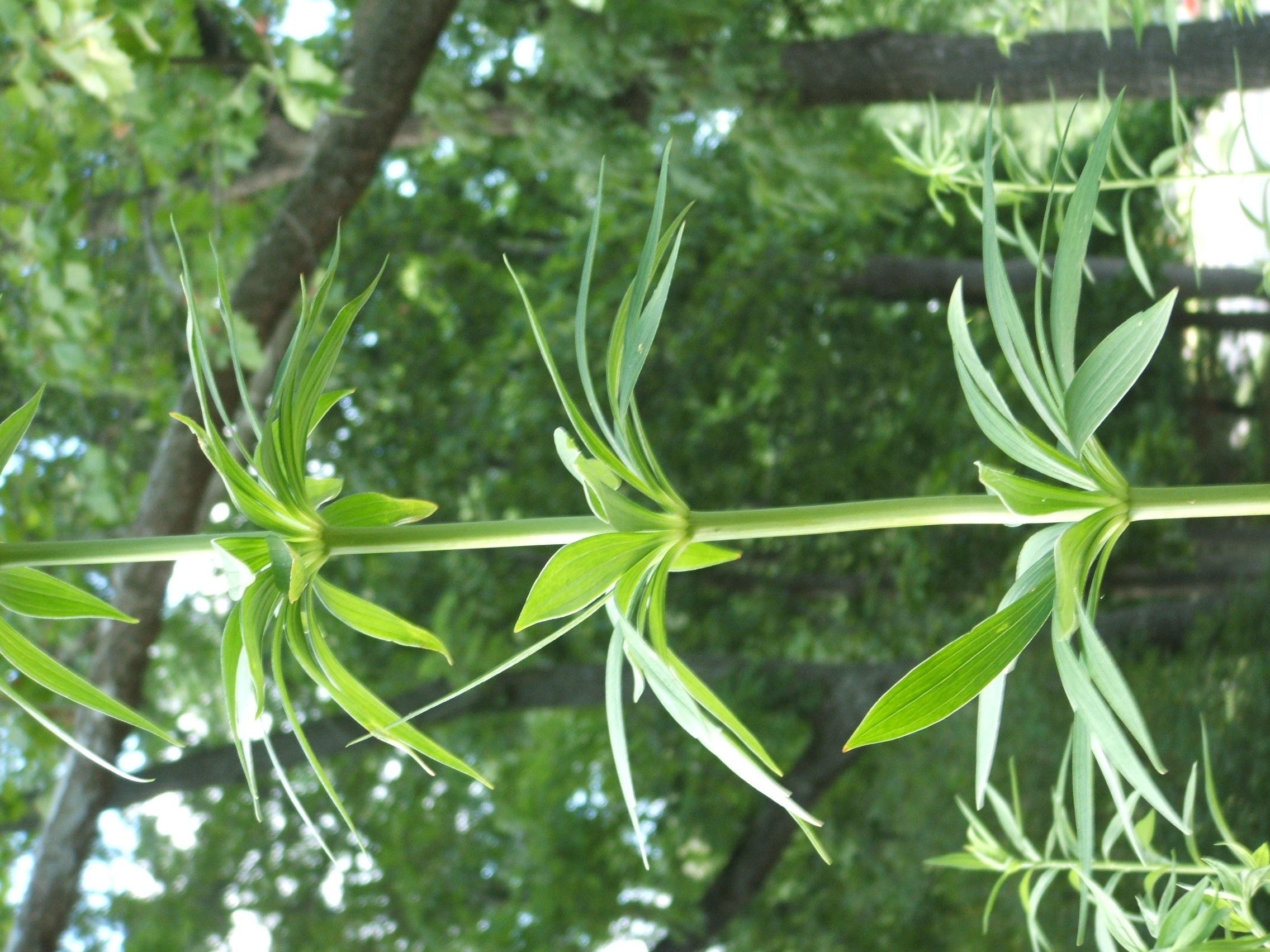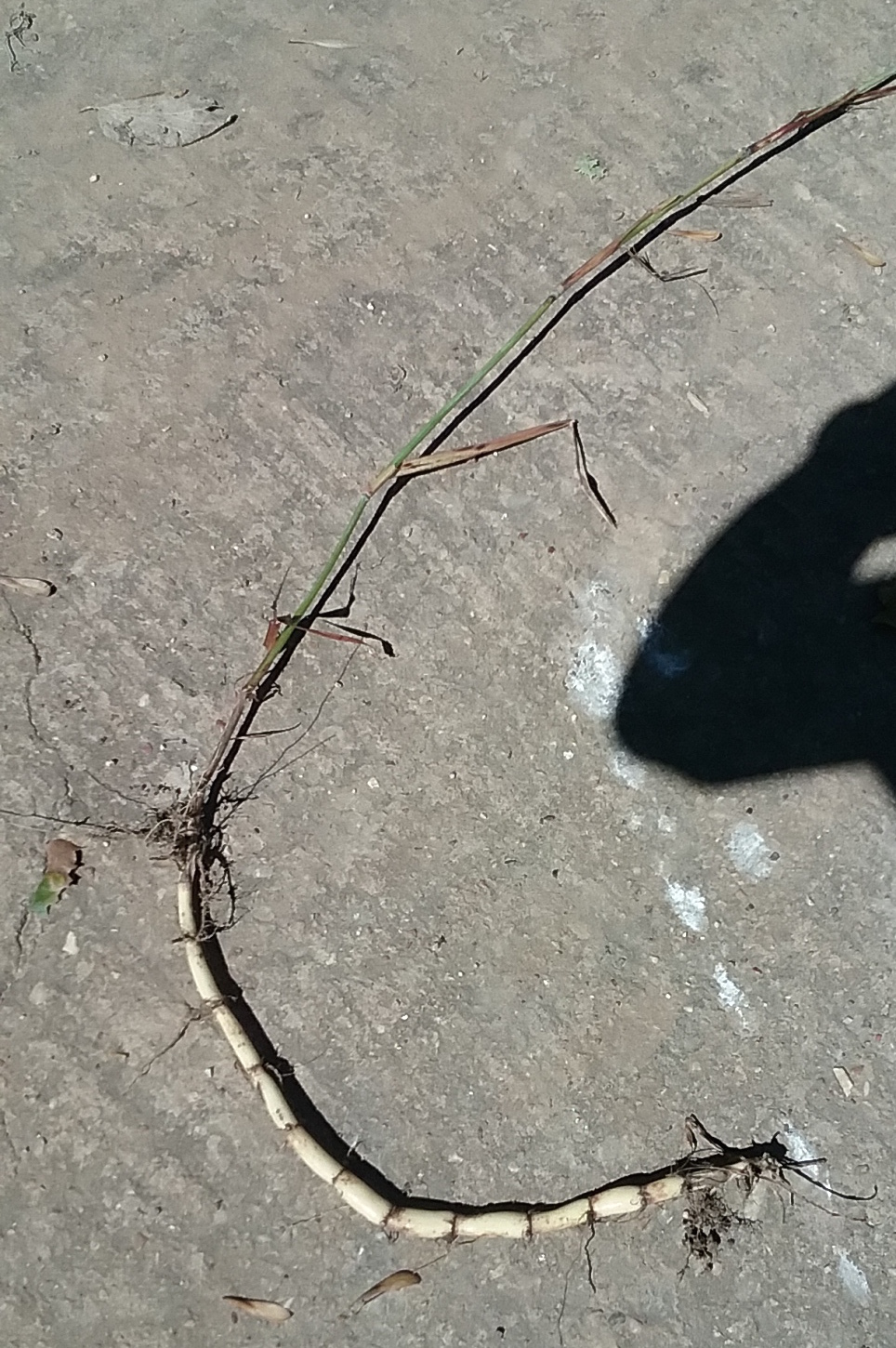|
Ostrinia Furnacalis
''Ostrinia furnacalis'' is a species of moth in the family Crambidae, the grass moths. It was described by Achille Guenée in 1854 and is known by the common name Asian corn borer since this species is found in Asia and feeds mainly on corn crop. The moth is found from China to Australia, including in Java, Sulawesi, the Philippines, Borneo, New Guinea, the Solomon Islands, and Micronesia. The Asian corn borer is part of the species complex, ''Ostrinia'', in which members are difficult to distinguish based on appearance. Other ''Ostrinia'' such as '' O. orientalis'', '' O. scapulalis'', '' O. zealis'', and '' O. zaguliaevi'' can occur with ''O. furnacalis'', and the taxa can be hard to tell apart. This moth exhibits unique acoustic mimicry of a predator by mirroring the echolocation calls of bats in order to temporarily paralyze female moths and make it easier to mate. It is also well known as being an agricultural pest on several crops in the western Pacific region of Asia, esp ... [...More Info...] [...Related Items...] OR: [Wikipedia] [Google] [Baidu] |
Achille Guenée
Achille Guenée (sometimes M.A. Guenée; 1 January 1809 – 30 December 1880) was a French lawyer and entomologist. Biography Achille Guenée was born in Chartres and died in Châteaudun. He was educated in Chartres, where he showed a very early interest in butterflies and was encouraged and taught by François de Villiers (1790–1847). He went to study law in Paris, then entered the “Bareau”. After the death of his only son, he lived at Châteaudun in Chatelliers. During the Franco-Prussian War of 1870, Châteaudun was burned by the Prussians but Guénée's collections remained intact. He was the author of 63 publications, some with Philogène Auguste Joseph Duponchel (1774–1846). He notably wrote ''Species des nocturnes '' (''Night Species'' in English) (six volumes, 1852–1857) forming parts of the ''Suites à Buffon''. This work of almost 1,300 pages treats Noctuidae of the world. Also co-author, with Jean Baptiste Boisduval, of ''Histoire naturelle des Insec ... [...More Info...] [...Related Items...] OR: [Wikipedia] [Google] [Baidu] |
Toxin
A toxin is a naturally occurring organic poison produced by metabolic activities of living cells or organisms. Toxins occur especially as a protein or conjugated protein. The term toxin was first used by organic chemist Ludwig Brieger (1849–1919) and is derived from the word toxic. Toxins can be small molecules, peptides, or proteins that are capable of causing disease on contact with or absorption by body tissues interacting with biological macromolecules such as enzymes or cellular receptors. Toxins vary greatly in their toxicity, ranging from usually minor (such as a bee sting) to potentially fatal even at extremely low doses (such as botulinum toxin). Toxins are largely secondary metabolites, which are organic compounds that are not directly involved in an organism's growth, development, or reproduction, instead often aiding it in matters of defense. Terminology Toxins are often distinguished from other chemical agents strictly based on their biological origin. Le ... [...More Info...] [...Related Items...] OR: [Wikipedia] [Google] [Baidu] |
Pupae
A pupa ( la, pupa, "doll"; plural: ''pupae'') is the life stage of some insects undergoing transformation between immature and mature stages. Insects that go through a pupal stage are holometabolous: they go through four distinct stages in their life cycle, the stages thereof being egg, larva, pupa, and imago. The processes of entering and completing the pupal stage are controlled by the insect's hormones, especially juvenile hormone, prothoracicotropic hormone, and ecdysone. The act of becoming a pupa is called pupation, and the act of emerging from the pupal case is called eclosion or emergence. The pupae of different groups of insects have different names such as ''chrysalis'' for the pupae of butterflies and ''tumbler'' for those of the mosquito family. Pupae may further be enclosed in other structures such as cocoons, nests, or shells. Position in life cycle The pupal stage follows the larval stage and precedes adulthood (''imago'') in insects with complete metamorphosi ... [...More Info...] [...Related Items...] OR: [Wikipedia] [Google] [Baidu] |
Plant Stem
A stem is one of two main structural axes of a vascular plant, the other being the root. It supports leaves, flowers and fruits, transports water and dissolved substances between the roots and the shoots in the xylem and phloem, stores nutrients, and produces new living tissue. The stem can also be called halm or haulm. The stem is normally divided into nodes and internodes: * The nodes hold one or more leaves, as well as buds which can grow into branches (with leaves, conifer cones, or flowers). Adventitious roots may also be produced from the nodes. * The internodes distance one node from another. The term "shoots" is often confused with "stems"; "shoots" generally refers to new fresh plant growth including both stems and other structures like leaves or flowers. In most plants stems are located above the soil surface but some plants have underground stems. Stems have four main functions which are: * Support for and the elevation of leaves, flowers, and fruits. The stems ke ... [...More Info...] [...Related Items...] OR: [Wikipedia] [Google] [Baidu] |
Corn Kernel
Corn kernels are the fruits of corn (called maize in many countries). Maize is a grain, and the kernels are used in cooking as a vegetable or a source of starch. The kernel comprise endosperm, germ, pericarp, and tip cap. One ear of corn contains roughly 800 kernels in 16 rows. Corn kernels are readily available in bulk throughout maize-producing areas. They have a number of uses, including food and biofuel. Corn consists of the husk and the silk, often mistaken for the husk. Description Corn kernels are the fruits of maize. Maize is a grain, and the kernels are used in cooking as a vegetable or a source of starch. The kernels can be of various colors: blackish, bluish-gray, purple, green, red, white and yellow. One ear of corn contains roughly 800 kernels in 16 rows. One hundred bushels of corn can contain upwards of 7,280,000 kernels. Transportation and packaging of dried clean corn kernels to non-producing areas adds to the cost. Parts The kernel of maize consists of a p ... [...More Info...] [...Related Items...] OR: [Wikipedia] [Google] [Baidu] |
Instars
An instar (, from the Latin '' īnstar'', "form", "likeness") is a developmental stage of arthropods, such as insects, between each moult (''ecdysis''), until sexual maturity is reached. Arthropods must shed the exoskeleton in order to grow or assume a new form. Differences between instars can often be seen in altered body proportions, colors, patterns, changes in the number of body segments or head width. After shedding their exoskeleton (moulting), the juvenile arthropods continue in their life cycle until they either pupate or moult again. The instar period of growth is fixed; however, in some insects, like the salvinia stem-borer moth, the number of instars depends on early larval nutrition. Some arthropods can continue to moult after sexual maturity, but the stages between these subsequent moults are generally not called instars. For most insect species, an ''instar'' is the developmental stage of the larval forms of holometabolous (complete metamorphism) or nymphal forms o ... [...More Info...] [...Related Items...] OR: [Wikipedia] [Google] [Baidu] |
Whorl (botany)
In botany, a whorl or verticil is an arrangement of leaves, sepals, petals, stamens, or carpels that radiate from a single point and surround or wrap around the stem or stalk. A leaf whorl consists of at least three elements; a pair of opposite leaves is not called a whorl. For leaves to grow in whorls is fairly rare except in plant species with very short internodes and some other genera (Galium, Nerium, Elodea etc.). Leaf whorls occur in some trees such as ''Brabejum stellatifolium'' and other species in the family Proteaceae (e.g., in the genus ''Banksia''). In plants such as these, crowded internodes within the leaf whorls alternate with long internodes between the whorls. The morphology of most flowers (called cyclic flowers) is based on four types of whorls: # The calyx: zero or more whorls of sepals at the base # The corolla: zero or more whorls of petals above the calyx # The androecium: zero or more whorls of stamens, each comprising a filament and an anther # The gyn ... [...More Info...] [...Related Items...] OR: [Wikipedia] [Google] [Baidu] |
Para Grass
''Brachiaria mutica'' (''Urochloa mutica'') is a species of grass known by the common names para grass, buffalo grass, Mauritius signal grass, pasto pare, malojilla, gramalote, parana, Carib grass, and Scotch grass.Stone, Katharine R. 2010''Urochloa mutica''.In: Fire Effects Information System, nline U.S. Department of Agriculture, Forest Service, Rocky Mountain Research Station, Fire Sciences Laboratory.''Urochloa mutica''. Smithsonian Marine Station at Fort Pierce. Despite its common name California grass, it does not occur in ;''Urochloa mutica''. ... [...More Info...] [...Related Items...] OR: [Wikipedia] [Google] [Baidu] |
Johnson Grass
Johnson grass or Johnsongrass, ''Sorghum halepense'', is a plant in the grass family, Poaceae, native to Asia and northern Africa. The plant has been introduced to all continents except Antarctica, and most larger islands and archipelagos. It reproduces by rhizomes and seeds. Johnson grass has been used for Fodder, forage and to stop erosion, but it is often considered a weed because: * Foliage that becomes wilted from frost or hot, dry weather can contain sufficient amounts of hydrogen cyanide to kill cattle and horses if it is eaten in quantity. * The foliage can cause 'bloat' in such herbivores from the accumulation of excessive nitrates; otherwise, it is edible. * It grows and spreads rapidly, it can 'choke out' other cash crops planted by farmers. This species occurs in crop fields, pastures, abandoned fields, rights-of-way, forest edges, and along streambanks. It thrives in open, disturbed, rich, bottom ground, particularly in cultivated fields. Johnson grass that is resi ... [...More Info...] [...Related Items...] OR: [Wikipedia] [Google] [Baidu] |
Job's Tears
Job's tears (''Coix lacryma-jobi)'', also known as Adlay or Adlay millet, is a tall grain-bearing perennial tropical plant of the family Poaceae (grass family). It is native to Southeast Asia and introduced to Northern China and India in remote antiquity, and elsewhere cultivated in gardens as an annual. It has been naturalized in the southern United States and the New World tropics. In its native environment it is grown at higher elevation areas where rice and corn do not grow well. Job's tears are also commonly sold as Chinese pearl barley. There are two main varieties of the species, one wild and one cultivated. The wild variety, ''Coix lacryma-jobi'' var. ''lacryma-jobi'', has hard-shelled pseudocarps—very hard, pearly white, oval structures used as beads for making prayer beads or rosaries, necklaces, and other objects. The cultivated variety ''Coix lacryma-jobi'' var. ''ma-yuen'' is harvested as a cereal crop, has a soft shell, and used medicinally in parts of Asia. Nom ... [...More Info...] [...Related Items...] OR: [Wikipedia] [Google] [Baidu] |
Sorghum
''Sorghum'' () is a genus of about 25 species of flowering plants in the grass family (Poaceae). Some of these species are grown as cereals for human consumption and some in pastures for animals. One species is grown for grain, while many others are used as fodder plants, either cultivated in warm climates worldwide or naturalized in pasture lands. Taxonomy ''Sorghum'' is in the Poaceae (grass) subfamily Panicoideae and the tribe Andropogoneae (the same as maize, big bluestem and sugarcane). Species Accepted species recorded include: Distribution and habitat Seventeen of the 25 species are native to Australia, with the range of some extending to Africa, Asia, Mesoamerica, and certain islands in the Indian and Pacific Oceans. Toxicity In the early stages of the plants' growth, some species of sorghum can contain levels of hydrogen cyanide, hordenine, and nitrates, which are lethal to grazing animals. Plants stressed by drought or heat can also contain toxic lev ... [...More Info...] [...Related Items...] OR: [Wikipedia] [Google] [Baidu] |
Millet
Millets () are a highly varied group of small-seeded grasses, widely grown around the world as cereal crops or grains for fodder and human food. Most species generally referred to as millets belong to the tribe Paniceae, but some millets also belong to various other taxa. Millets are important crops in the semiarid tropics of Asia and Africa (especially in India, Mali, Nigeria, and Niger), with 97% of millet production in developing countries. This crop is favored due to its productivity and short growing season under dry, high-temperature conditions. Millets are indigenous to many parts of the world. The most widely grown millets are sorghum and pearl millets, which are important crops in India and parts of Africa. Finger millet, proso millet, and foxtail millet are also important crop species. Millets may have been consumed by humans for about 7,000 years and potentially had "a pivotal role in the rise of multi-crop agriculture and settled farming societies." Descript ... [...More Info...] [...Related Items...] OR: [Wikipedia] [Google] [Baidu] |








